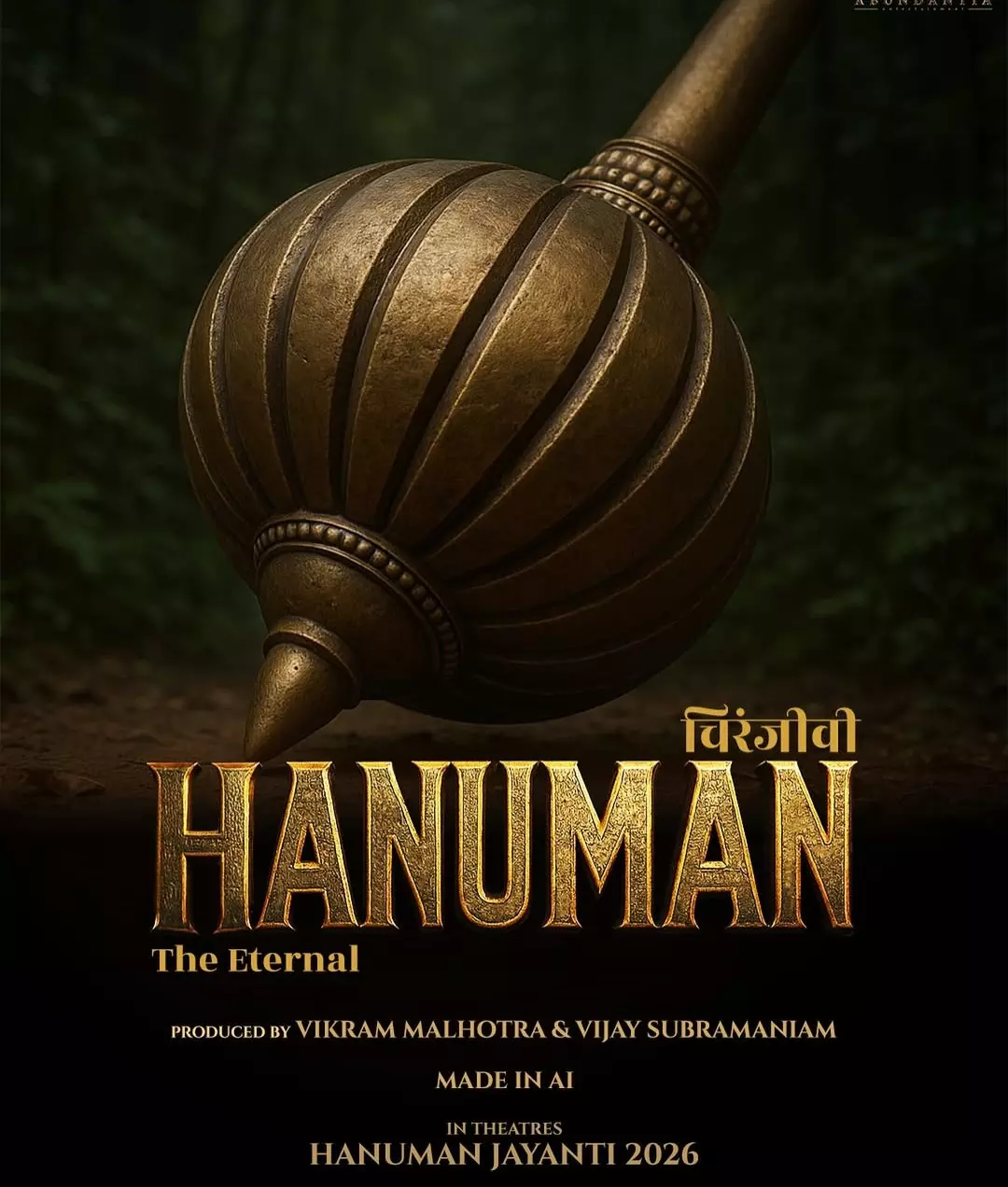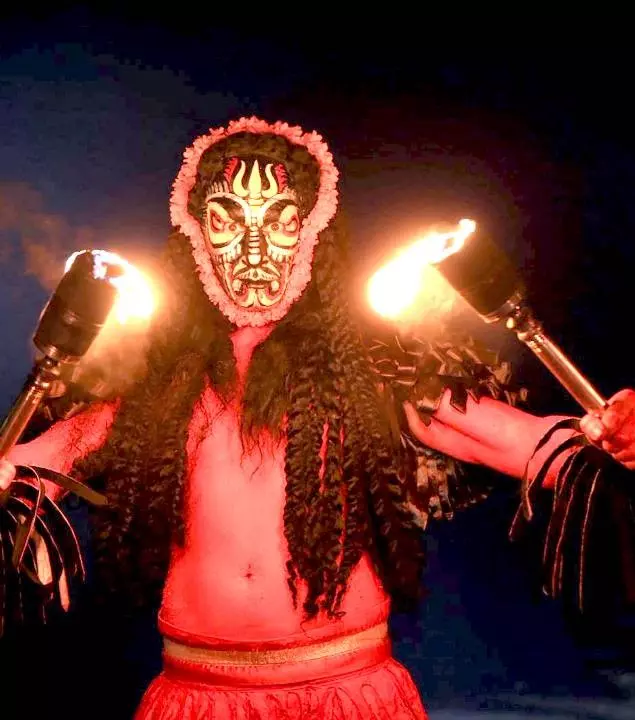Table of Content
About Christian History
India is vividly amazing, Why I say so is because the number of religions that flourish in this country is a wonder in its self. The secularity that the country’s constitution provides to every individual is beautiful in its own way. It is the belief that matters and not the caste, creed or colour. Be it Hinduism, Christianity, Muslims or any other religion, every religion has its own sacredness and India believes in this simple ideology. I am one such Indian and so explored a little about the Christian religion too and the history of its advent in India is one that we all must know.
Christianity is India’s third most followed religion with approximately 29 million followers. Christians are found all over India but majorly in Southern India from where it began.
You Might Also Like: History of Kashmiri pandit's diaspora

Christian History - St. Thomas (Apostle Thomas)
The majority of the Christian population (Modern Syrian Christians ) in the southern states like Kerala, where the maximum Indian Christians reside believe that the Apostle Thomas visited Kerala in a.d. 52 and baptized their forefathers. He is believed to be the one who questioned Jesus. Historians assume that the assorted, rich trading centre of Kerala was the attraction for the Palestinian Jew of the Roman Empire who desired to preach the Gospel. Thousands of churches have his name, their customs and spirituality derived from Eastern Orthodox civilizations mentioned in the sacramental language -Syriac, which is a formation of western dialect Aramaic, the language of Jesus and Thomas. For decades now the sacramental language of the Christians in Kerala has been Malayalam. Thomas’s name remains omnipresent in Kerala, appearing on almost everything from baptism registers to the neon signs of jewellery stores to the bakeries to the nameplates of surgeons and real estate developers’ ads.
The Invasion Of the Portuguese
The history dates back to 1498 when the famous Portuguese surveyor Vasco da Gama invaded the first Europe-India sea route and reached Kerala. He was rather surprised to find Christians. Just after two years, Captain Pedro Álvares Cabral came to India and had eight Franciscan priests, eight chaplains and a chaplain major along with him. On his voyage back, he left a few of his men behind who initiated teaching Latin, read Roman Catholic. This was how European Christianity made its way in the country and things just began to expand ever since. The community of Kerala Christians was split, re-split, altered, renewed and reinvented. But looking back, it seems clear that through the change of circumstances in the history the community began to grow and expand.
Another interesting fact of the Christian propagation in India is about the temple of the Hindu god Ayyappa situated Sabarimala, in the Western Ghats mountains of Kerala. It is known that every night Ayyappa
Saint Bartholomew
Moving more in the Northern Region it is believed that Bombay was the missionary place of Saint Bartholomew. Two primitive testimonies exist about the mission of Saint Bartholomew. The testimonies of Eusebius of Caesarea and of Saint Jerome state about the visit of Pantaenus to India in 2nd Century. The exploratory studies of Fr A.C. Perumalil SJ and Moraes state that the region on the Konkan coast of Bombay was the place of Saint Bartholomew’s missionary activities.
In the Early Modern Period
Portuguese missionaries who came to the Malabar Coast in the 15th century made contact with St. Thomas Christians in India, specifically Kerala and introduced them to the Latin literature. The Eastern Christian churches at that time followed the Eastern Christian practices. During this period many foreign missionaries made new converts to Christianity which led to the creation of Latin Catholics in Kerala. At present the Latin Catholics are a mix of the St. Thomas Christians and the Christians converted by the influence of the Portuguese. They are found mainly in Southern Kerala.
After the release of the Papal bull (an order by Pope) Romanus Pontifex the Portuguese could now propagate Christianity in Asia and with the help of the Portuguese colonial government in Goa, the propagation in India began. They provided rice donations to the poor, eminent or rather respectable positions in the Portuguese colonies for the middle-class people and extended military support for local rulers.
Through the efforts of the Portuguese led by Jesuit St. Francis Xavier, they were able to convert almost the complete Hindu Population of Goa. In the need of Portuguese incentives, many Indians converted to Christianity but also followed the rituals and practices of the old religion. This was sensed as a threat to the integrity of the belief of Christianity and hence St. Francis Xavier, wrote a 1545 letter to John III of Portugal and requested an Inquisition be installed in Goa. Rome accepted the request eight years after the death of Francis Xavier's. During the Goa Inquisition, the Portuguese, enforced Hindus to convert; those who refused received summons to show before the Inquisition, they were charged with heresy and suffered death penalty and were burnt alive in public.
In the eighteenth century, Protestant missionaries started to work throughout India and this lead to a considerable growth of Christian communities. In 1793 William Carey, an English Baptist who was a missionary in India worked in Serampore, Calcutta and started the Serampore College. He translated the Bible into Bengali which was a great step spread the religion.
You Might Also Like: History of Kashmiri pandit's diaspora
You Might Also Like: Longest trains that made red carpet history
.webp)

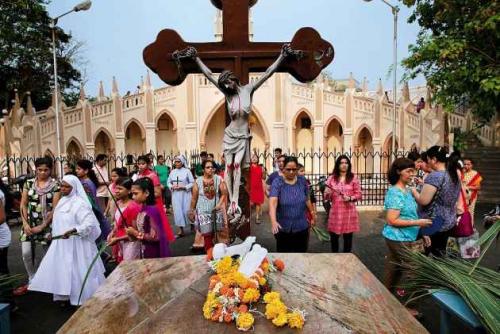
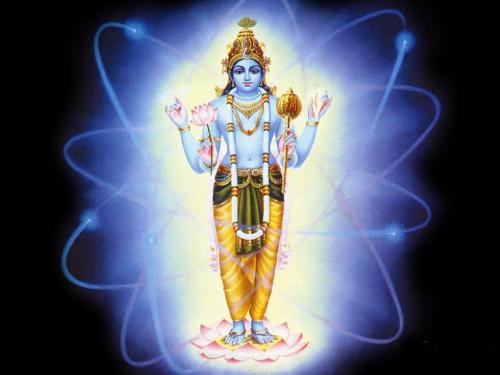
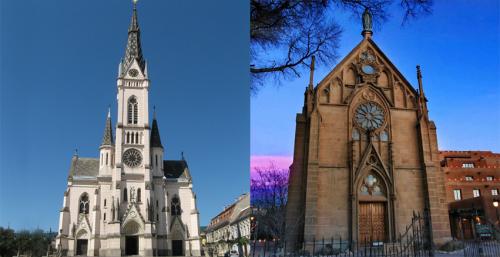

_1735214375.webp)


